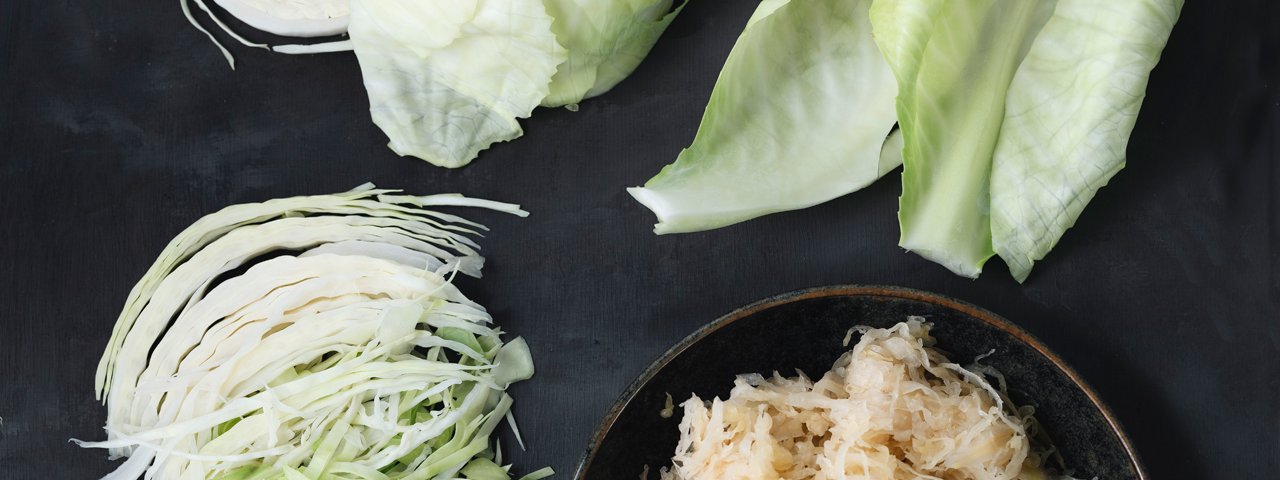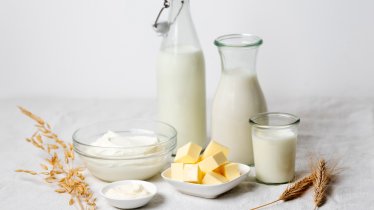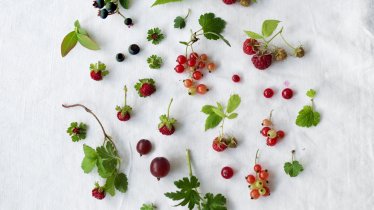Fermented foods are super trendy right now, not least thanks to their manifold health benefits. Two fermented foods native to Tirol are pickled cabbage, also known as "Sauerkraut", and silver beets.
Fermented foods may be all the rage at the moment, but they go way back in history and have been made the same way for hundreds of years. Sauerkraut is made from grated white cabbage mixed with salt and herbs. The mixture is then placed in a barrel, pressed together and left to rest. This process results in the high-quality lactic acid for which it is known. When it comes to silver beets, the process is similar but uses turnips grown at high altitude. Whatever the variety, fermented foods combine the health benefits of vegetables and lactic acid bacteria. Low in calories and good for the digestive system thanks to plenty of roughage and natural bacteria, it also stimulates the immune system and is rich in vitamin C even when heated. Indeed, fermented foods only lose around 30% of their vitamin C concentration when heated several times. One 200g portion of Sauerkraut provides 80% of a woman's daily recommended vitamin C and 70% for men.
The perfect combination for healthy eating
Sauerkraut helps us digest heavy meals and is therefore often served alongside dishes which are fried in fat such as "Kiachl", a traditional snack often found at Christmas markets and served with either Sauerkraut or cranberries.
How to recognise top-quality produce
Good-quality fermented foods have no artificial preservatives (take a look at the label if you are not sure). The natural maturation process causes the pH level of fermented foods to drop, creating micro-organisms such as lactobacilli which act as natural preservatives.
Sauerkraut in Tirol
Angelika Kirchmaier, who grew up near Kitzbühel, still enjoys remembering her time as a child when she would help her grandmother make Sauerkraut: "My grandma, who is now almost 95 years old, had a huge vegetable garden with lots of turnips and cabbages. In autumn we would harvest them, cut them into slices and then place them into a barrel layer by layer, with salt and herbs. We children would then have to wash our feet thoroughly to make sure they were totally clean. We were picked up straight from the bathtub and put into the barrel, where we would stamp away to our hearts' content on the mixture of cabbage, salt and herbs. We loved doing that every year. We kept stamping until enough liquid had developed for the maturation process to start. In winter we would then eat the Sauerkraut. It was delicious!"





